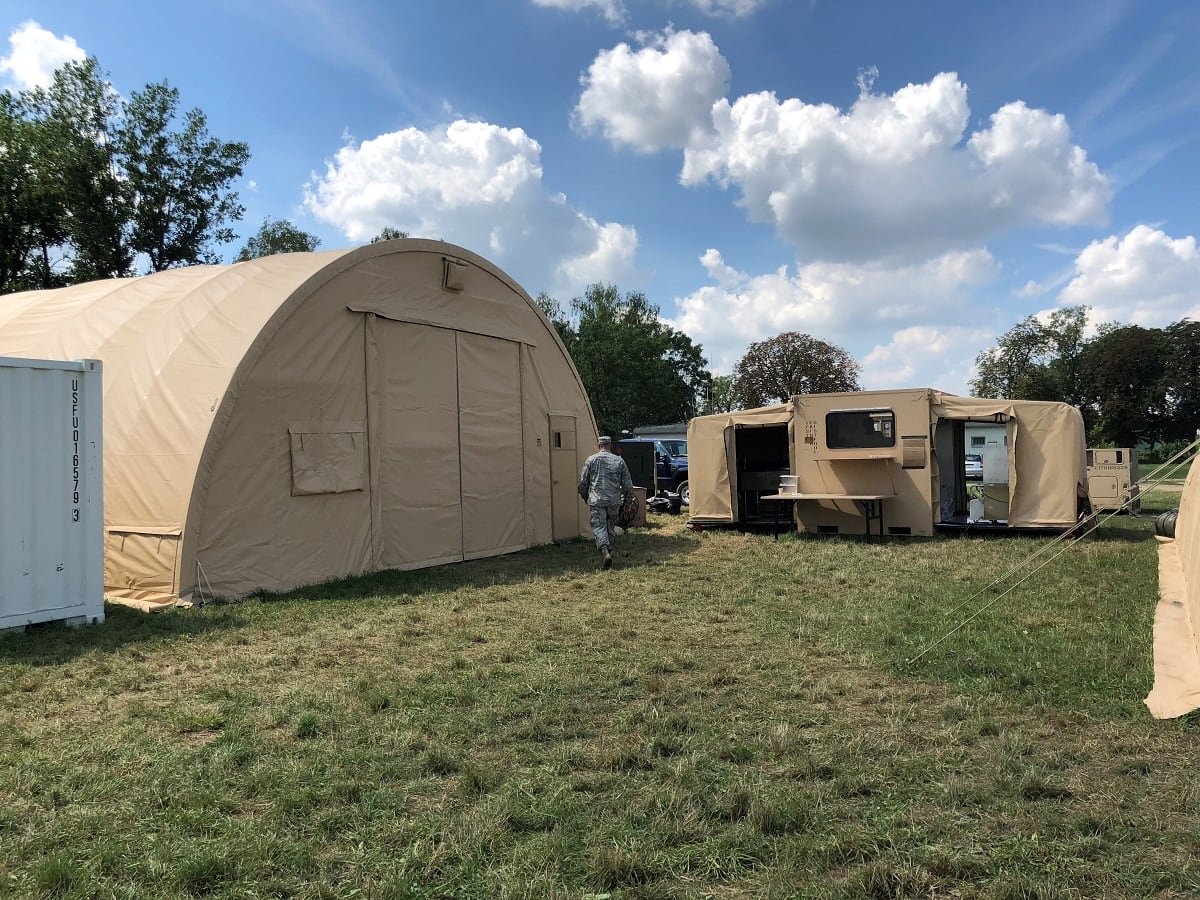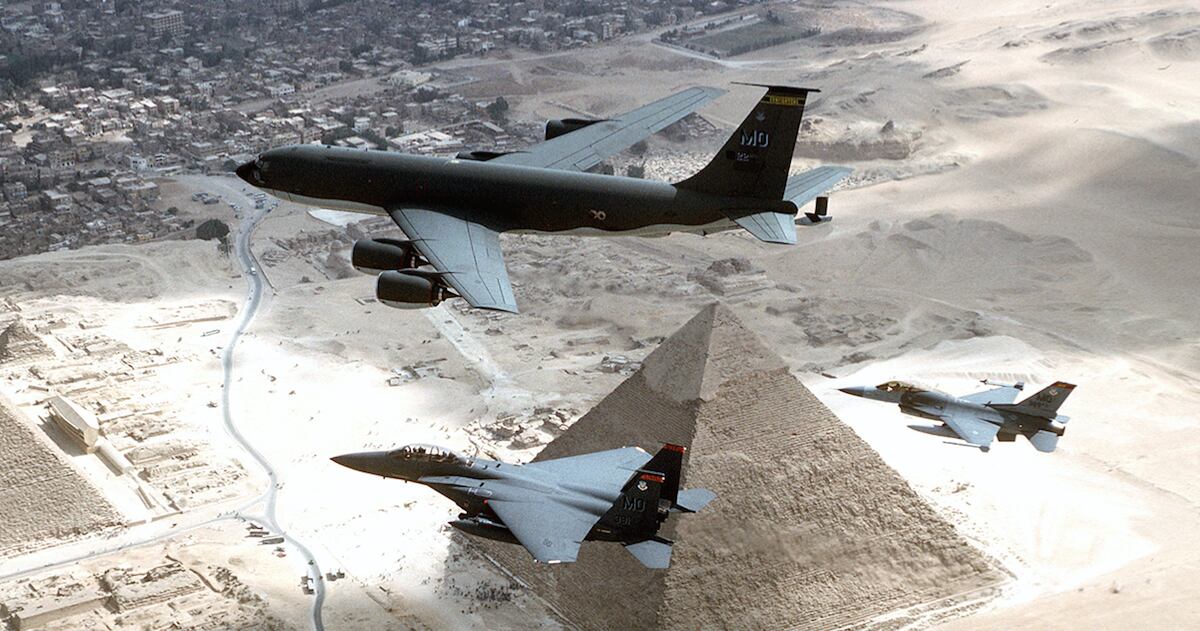Fighting near-peer adversaries isn’t all about the front line. In fact, the logistical nightmare of fighting across continents could get a lot worse as opponents learn to disrupt baggage trains without ever making a physical footprint on their target’s shores.
“We expect any mobilization and transit to be contested," Lt. Gen. Mark Kelly, commander of the 12th Air Force, told a crowd of Air Force leaders Monday at the 2018 Air, Space and Cyber Conference in Washington, D.C.
“Our mobilization to and from a fight is unopposed right now," Kelly said. "No one opposes airmen driving to BWI [Baltimore-Washington International Airport]. No one is in the computer systems tracking their luggage. No one is in [Air Mobility Command’s] computer systems that keep the equipment flowing forward.”
“But if great powers can get into your election networks, then trust me, they can get into your baggage handlers,” he added.
RELATED

The capabilities of near-peer adversaries won’t be limited to cyber attacks, and could extend to anti-access, area denial for transport aircraft, refuelling tankers, ground transport and more. The pace of combat in a theater of operations and the level of accessibility of that environment could all add to a logistical nightmare for war planners.
That change in mobilization needs to be addressed. Units need to be self-sufficient, self-sustaining and self-defending, Kelly said. And a certain level of autonomy for squadron and wing commanders needs to be reached.
Kelly’s warnings may sound like a new challenge for the Air Force, but he stressed that it’s really a return to airpower’s origins.
Kelly used the example of World War I German Air Force commander Manfred von Richthofen’s “flying circus," a mobile squadron of forward-deployed aircraft and crew that maintained air superiority for German ground forces when and where it was able to put down tent stakes.
RELATED

That dislocated German squadron, making due with what little resources they had, and facing new and violent threats — in their case, chemical warfare agents — is a good historical reference for what will be expected in a modern fight with a near-peer threat.
“Richthofen didn’t build this circus just because it was fun to drive around," Kelly said. “He was only constrained by the rail networks of the Western Front ... his logistics lines. If he had the force he needed, he could have built permanent bases, but he didn’t."
“So how do we present forces in the future? That’s probably the best snapshot I can give you,” Kelly added.

The struggle for the Air Force as it heads into the next fight is learning how to maintain air superiority across a wide swath of battlefield, like Europe, knowing that its logistics train will be challenged constantly.
“They say great tacticians think of tactics, but great strategists think of logistics,” Kelly said. “Defending and supplying a base is about the hardest thing we’ll have to do.”
One example of that thought-process can be found in the Air Force’s Deployable Air Base System, or DABS, which was tested in Poland this summer, according to Gen. Tod Wolters, U.S. Air Forces Europe and U.S. Air Forces Africa commander.
DABS provides “enhanced pre-positioning of U.S. equipment, increases responsiveness and readiness by pre-positioning ammunition, fuel and equipment, and improves infrastructure to enhance our ability to provide a rapid response,” Wolters said during a media teleconference in July.
The United States has also been pre-positioning Air Force basing assets in NATO member-states — to include Germany and the United Kingdom — and making significant airfield improvements in former Eastern Bloc countries.
Some other capabilities to assist with forward deploying aircraft already exist. Air Force special tactics operators, for instance, regularly practice directing aircraft like A-10s and C-130s to land on unimproved, austere airfields. The operators also train to set up forward air refueling points for those aircraft.
Kelly said these capabilities and assets all tie together to offer the United States as many options as possible in the multi-domain fight of the future.
“Expect every phase and expect every domain to be contested, and be happy when one of them is not," he said.
Kyle Rempfer was an editor and reporter who has covered combat operations, criminal cases, foreign military assistance and training accidents. Before entering journalism, Kyle served in U.S. Air Force Special Tactics and deployed in 2014 to Paktika Province, Afghanistan, and Baghdad, Iraq.








